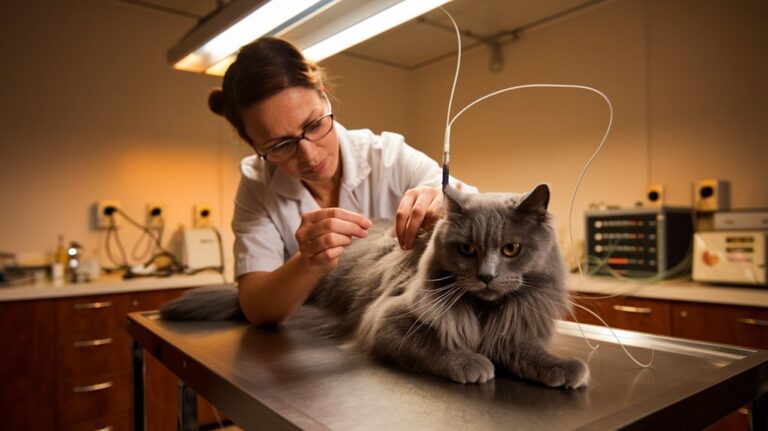Murphy’s Law’s Real Roots: The Rocket Sled Tests
You've probably quoted Murphy's Law countless times, but its true origin isn't the pessimistic prophecy most people imagine. The real story unfolds on a rocket-powered sled track in the California desert, where a frustrated engineer's observation about strain gauges would forever change how we think about potential failures. When Colonel John Stapp risked his life testing human G-force limits at Muroc Army Air Field, he couldn't have known that a simple sensor installation error would spawn one of engineering's most enduring principles. The tale that follows reveals how a single technical mishap transformed into a universal maxim that continues to shape modern safety standards.
From Test Track to History

While many believe Murphy's Law originated as a humorous observation, its roots trace back to a serious military testing program at Muroc Army Air Field in California.
You'll find the test track's historical significance in its groundbreaking rocket sled experiments, where a 1,500-pound vehicle nicknamed "Gee Whiz" raced along 2,000 feet of rail to study G-force effects on humans. Stapp reached an incredible 632 miles per hour during these tests.
Led by Lt. Colonel John Stapp and Captain Edward Murphy, the team pushed engineering boundaries with a sled designed to withstand 100 Gs. The program successfully completed 74 manned tests by 1951.
When a technician's error in installing strain gauges led to failed data collection, Murphy's frustrated response birthed the famous law.
What started as a project-specific observation transformed into a universal principle, now immortalized at West Point and embraced worldwide as a fundamental consideration in engineering and safety protocols.
Engineering Mishaps Shape Modern Safety

Although catastrophic engineering failures can be devastating, they've consistently shaped modern safety protocols and design principles.
You'll find compelling evidence of this in incidents like the Hyatt Regency walkway collapse, where design failures and poor communication led to tragic consequences. Changes to building codes followed this disaster that killed 114 people. This disaster highlighted why thorough design checks and rigorous testing are now standard practices. The rocket sled tests at Edwards Air Force Base in the 1940s demonstrated this commitment to thorough safety testing.
When you examine modern safety protocols, you'll notice they're deeply influenced by Murphy's Law – the principle that anything that can go wrong, will go wrong.
This mindset has become essential in preventing disasters, especially in complex systems where human-automation interactions create new challenges.
You'll see this reflected in today's engineering practices, which emphasize both technical precision and human factors in safety design.









